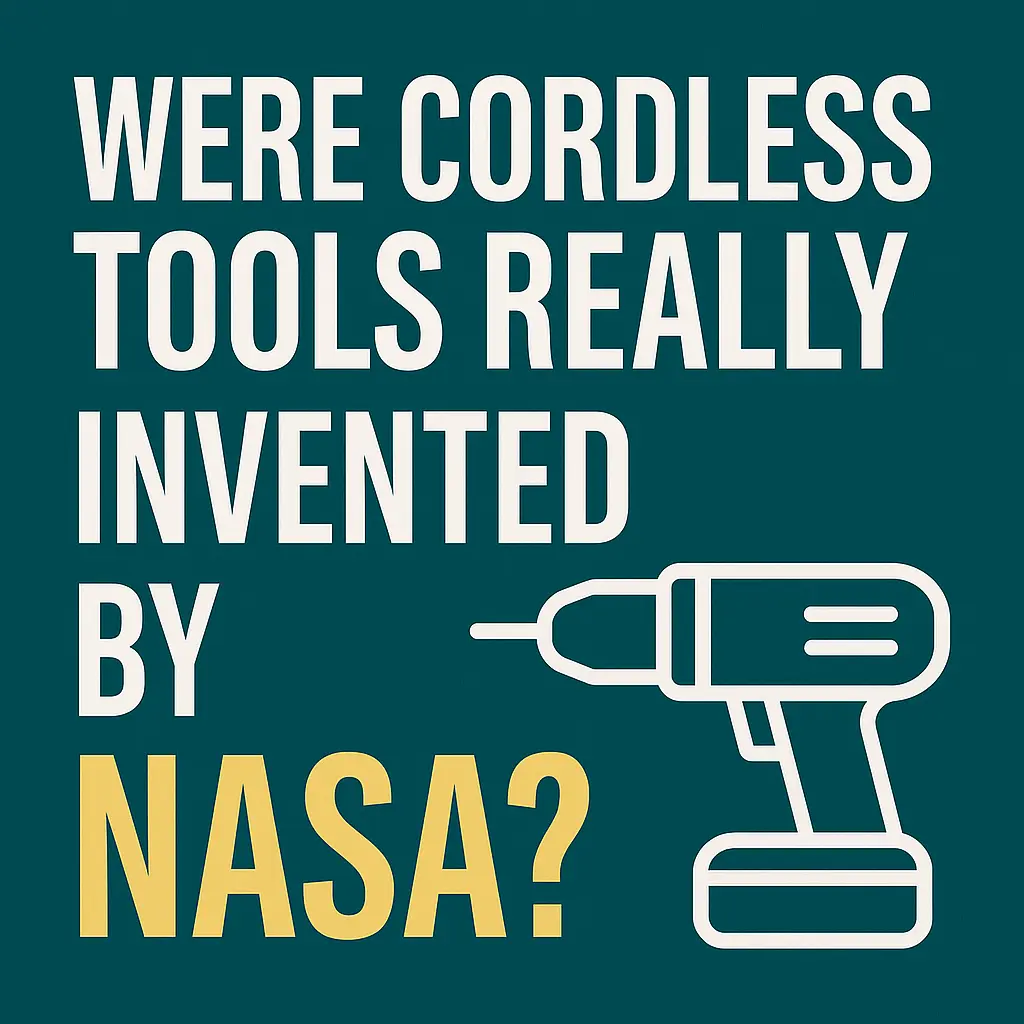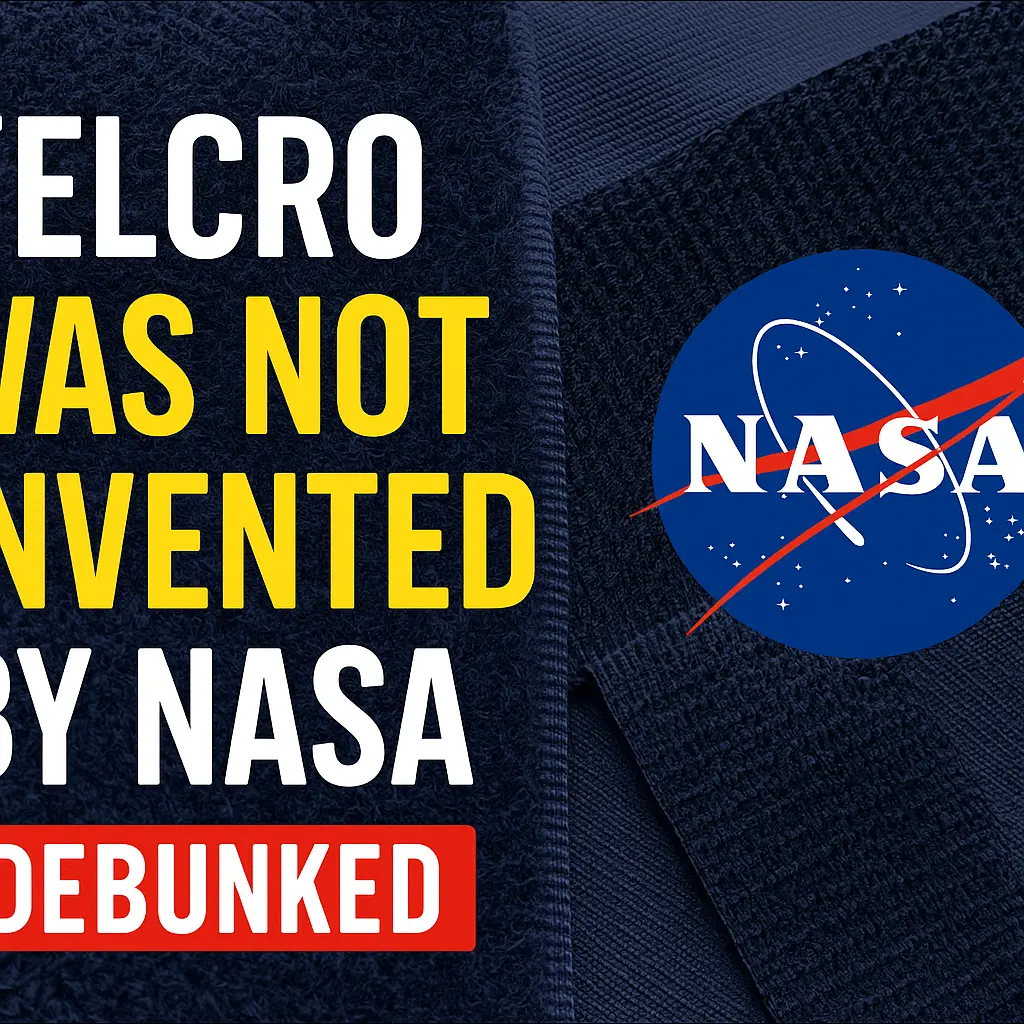Cordless power tools have become indispensable in construction, home improvement, automotive repair, and countless other industries. Their convenience, portability, and evolving power capabilities have revolutionized the way we work. However, a persistent myth continues to circulate among the public and even some professionals: that cordless tools were invented by NASA or specifically for use in space missions.
This article sets the record straight—examining where this popular misconception originates, what the truth really is, and why it still matters today.
The Myth: Cordless Tools Were Invented for Space Exploration
The story goes something like this: astronauts needed power tools that didn’t require plugs while working in the vacuum of space. So NASA, in its quest for innovation, created the cordless drill. From there, the technology “trickled down” to benefit everyday consumers. It’s a classic example of supposed “space spinoff” technology—a popular narrative in which space exploration directly drives commercial innovation on Earth.
But like many myths, this one is only partially grounded in truth.
Why the Public Believes It
The myth’s persistence is understandable. NASA is widely known for its pioneering work in technology and engineering. Over the years, the space agency has in fact contributed to many commercial technologies—memory foam, scratch-resistant lenses, and infrared ear thermometers among them.
Moreover, NASA did partner with tool manufacturers in the 1960s, particularly Black & Decker cordless tools, to develop battery-powered equipment that could operate in space and in zero-gravity environments. These collaborations received a lot of media attention, further reinforcing the idea that such tools were created by or for space missions.
The Reality: Cordless Tools Existed Before Space Missions
Here’s where the myth unravels:
- Cordless Tools Were Already in Development
Black & Decker began working on cordless tool prototypes in the early 1960s—before NASA approached them. The push for portability and consumer convenience was already a market-driven priority, as contractors and homeowners sought tools that weren’t limited by power outlets or extension cords. - NASA Collaboration Came Later
In 1965, NASA contracted Black & Decker to develop a specially designed, battery-operated drill for the Apollo space missions. But rather than inventing cordless tools from scratch, Black & Decker adapted their existing research and early prototypes to meet NASA’s specific needs, such as low power consumption and use in zero-gravity. - Commercial Cordless Tools Emerged Independently
By 1961—before any space missions required such tools—Black & Decker had already released the first cordless electric drill for commercial use. Later models continued to improve, fueled by the availability of better battery technology and motor efficiency, not solely by space exploration requirements. - NASA Popularized, Not Invented
What NASA did do was bring attention to cordless tool technology. The tools they used during moon missions were heavily publicized, creating the impression that space exploration was the root cause of cordless innovation. In truth, NASA helped validate and demonstrate the technology’s capabilities in extreme environments, but they did not invent it.
Why It Matters
This is more than just a historical footnote. Understanding where innovations truly come from helps us appreciate the real dynamics of technological advancement—namely, the interplay between consumer demand, private sector R&D, and sometimes, public sector partnerships.
By giving sole credit to NASA, we risk overlooking the contributions of engineers, manufacturers, and industrial designers who worked for years to make cordless drills for professionals a reality. It also skews public perception about how innovation occurs—often incrementally, collaboratively, and through market-driven necessity, not just dramatic scientific leaps.
Final Thoughts
Cordless tools are a remarkable technological achievement, representing decades of engineering refinement and consumer-centered innovation. While NASA’s involvement added prestige and visibility, it did not mark the origin of this game-changing technology.
As we continue to explore space and develop cutting-edge tools for new environments, it’s worth remembering that the path of innovation often winds through everyday needs here on Earth—long before it ever reaches the stars.



